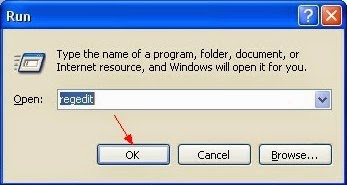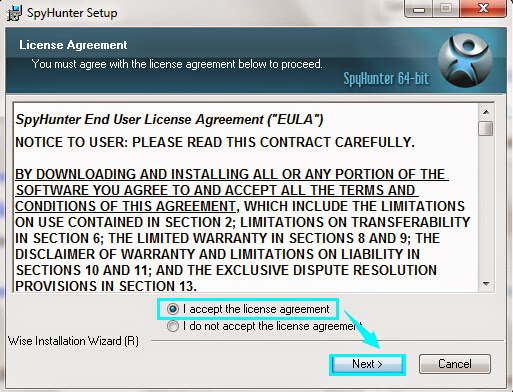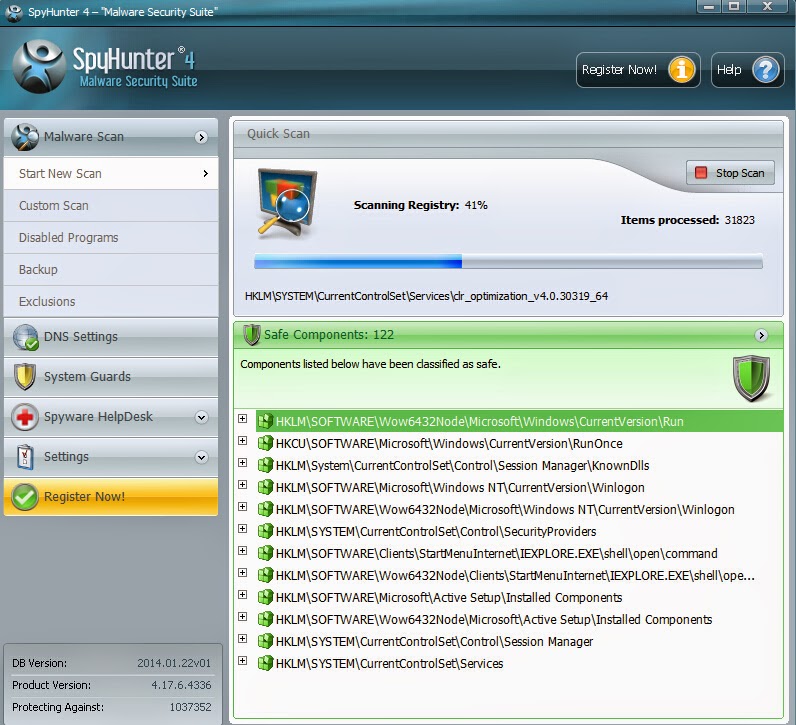Why people want to remove Quicky Translator?
Quicky Translator states that it a helpful language translation program, However, after Quicky Translator getting into your system, it will not help you as it has promised, but perform quite a lot of annoying tasks to disturb you to surf the web freely. Many people have complained that ads by Quicky Translator keep popping up during their online activities, and will redirect them to some questionable websites once they clicking the ads. If you also suffer the same problem, you may notice that Quicky Translator is not a useful tool as it says, but acts as nasty adware that will drag down your PC performance and decline your browsing experience day after day.
By delivering users massive pop-ups and junk links, Quicky Translator is able to increase internet traffic for its sponsored websites. Whiles, you need to be aware that domains redirected by Quicky Translator are suspicious and contain PC bugs like Trojan horse, spyware. malware, etc. Any incautious click on those websites may put your system into the risk. Worst of all, Quicky Translator is capable of collecting sensitive personal information such as online bank account, credit card details, email address and password by tracing your browsing history and cookies. This confidential information will be sent to cyber criminals and used for illegal purposes.
Step by Step Instruction to Remove Quicky Translator:
Method one: Manually get rid of Quicky Translator from your computer
Method two: Automatically remove Quicky Translator with antivirus software SpyHunter
Method one: Manually get rid of Quicky Translator from your computer
Step one: Delete PUP programs added by Quicky Translator from computer using control panel
For Windows 7/Vista: Click “Start” (“Windows Logo”)>”Control Panel“>”Uninstall a program“(under Program)>look for any dubious programs, select them and click Uninstall/Change.

For Windows 8: Right-click on the screen’s bottom-left corner> “Control Panel” >”Uninstall a program“(under Program)> Look for any dubious programs, select them and click Uninstall/Change.

Step two: Remove suspious browsers add-ons added by Quicky Translator
Internet Explorer: Open Internet Explorer, go ‘Tools‘ -> ”Manage Add-ons’ -> ‘Toolbars and Extensions’. Here, look for Quicky Translator and other suspicious ones and then click 'uninstall'. Now open IE once again and click Tools -> Internet Option -> General tab. Enter Google or other address to make it the default start page.
Mozilla Firefox: Open Mozilla Firefox, go ‘Tools’ -> ‘Add-ons’ -> ‘Extensions’. Find Quicky Translator and other suspicious ones and then click ‘Uninstall’. Now open Mozilla Firefox once more, go to Tools -> Options -> General -> Startup and select 'Show a blank page' when Firefox Starts or set a certain website, like Google or similar.
Google Chrome: Open Google Chrome, click on wench icon, go to settings and choose 'Manage search engines'. Change search engine to google or other and delete Quicky Translator and other suspicious ones from the list. Then Go to section “On start” and make sure you get blank page while creating new tab.
Step three: show hidden files and folders and delete harmful files of Spns.seriousads.net
Guide: click the Start button and choose Control Panel, clicking Appearance and Personalization, to find Folder Options then double-click on it. In the pop-up dialog box, click the View tab and uncheck Hide protected operating system files (Recommended).

Delete all the following files:
%AllUsersProfile%\{random.exe\
%AllUsersProfile%\Application Data\
%AllUsersProfile%\random.exe
%AppData%\Roaming\Microsoft\Windows\Templates\random.exe
%Temp%\random.exe
%AllUsersProfile%\Application Data\random
Step four: open Registry Editor to delete all the registries added by Spns.seriousads.net
Guide: open Registry Editor by pressing Window+R keys together.(another way is clicking on the Start button and choosing Run option, then typing into Regedit and pressing Enter.)

Delete all the vicious registries as below:
HKEY_CURRENT_USER\Software\Microsoft\Windows\CurrentVersion\Uninstall\ BrowserSafeguard \ShortcutPath “%AppData%\[RANDOM CHARACTERS]\[RANDOM CHARACTERS].exe” -u
HKEY_CURRENT_USER\Software\Microsoft\Windows\CurrentVersion\Run “.exe”
HKCU\Software\Microsoft\Windows\CurrentVersion\Internet Settings\random
HKEY_LOCAL_MACHINE\SOFTWARE\Microsoft\Windows\CurrentVersion\run\random
HKEY_CURRENT_USER\Software\Microsoft\Windows\CurrentVersion\Internet Settings “CertificateRevocation” = ’0
(You may need expert skills to figure out relevant files and entries created by Quicky Translator in case that you can’t directly erase the pop-ups by resetting browsers. If you fail to fix the issue manually, please feel free to start an automatic removal with SpyHunter.)
Method two: Remove Quicky Translator from PC using SpyHunter
To remove Quicky Translator from your PCs, it is recommended to Download and install SpyHunter to detect and remove Quicky Translator. SpyHunter is a program that searches for and deletes Adware, Toolbars, and browser Hijackers from your computer. By using SpyHunter you can easily remove many of these types of programs for a better user experience on your computer and while browsing the web.Step 1. Download SpyHunter by clicking the following download link:
Step 2. Double-click on the downloaded file. If asked to allow program to make changes to this computer, click “Yes” button.

Step 3. In this step, please accept the Licence Agreement and click “Next >” button.

Step 4. After the definition database is downloaded, system scan will automatically start.
.jpg)
Step 5. Remove Quicky Translator and all other threats detected by SpyHunter.
Kindly reminder:
The random names used by Quicky Translator multiply the difficulties of manual removal. If you do not have any virus manual removal experience, it is recommended you choose the automatic removal method. Download and install SpyHunter - the famous antivirus software here to get rid of Quicky Translator completely now. Also, it is suggested that you scan your system regularly with SpyHunter to prevent instruction of any computer infections.


No comments:
Post a Comment